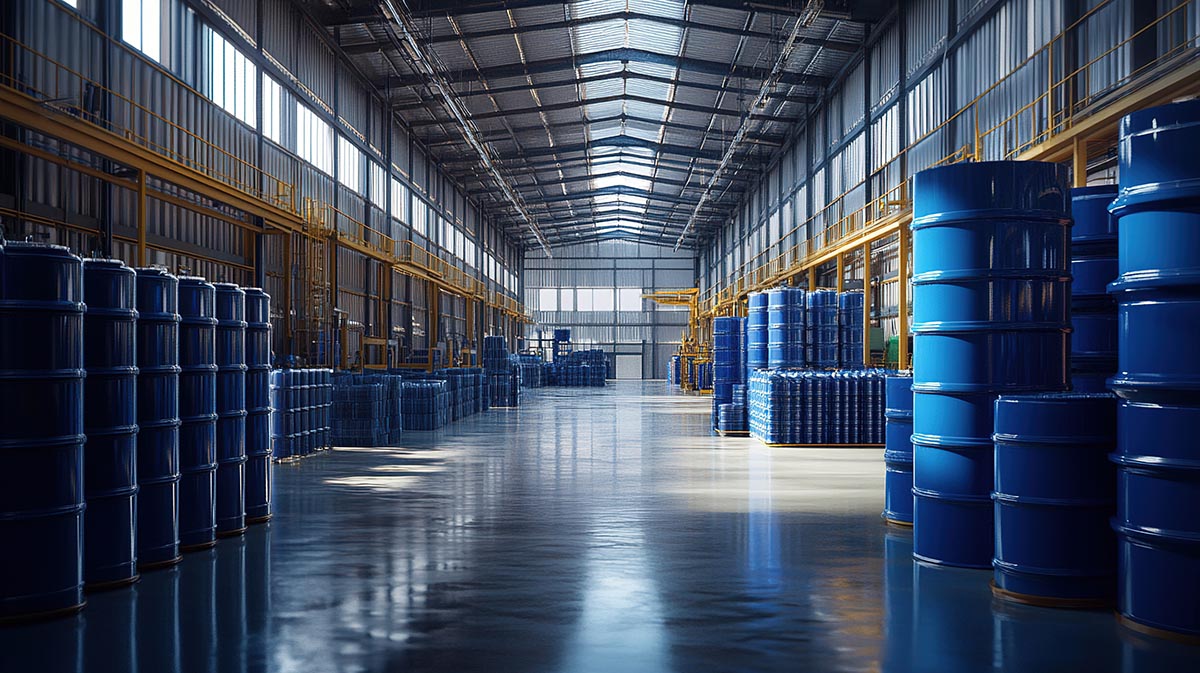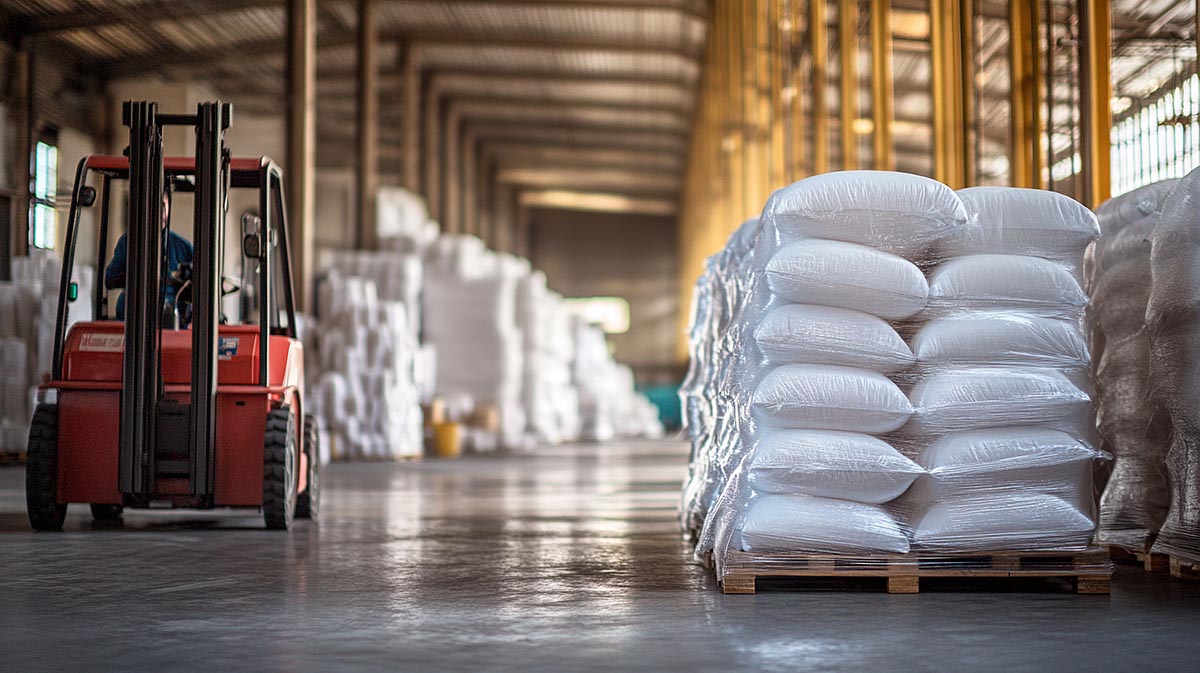As the PVC industry accelerates toward sustainability and performance excellence, PVC stabilizers—critical additives that prevent thermal degradation during processing and extend product lifespans—have become a focal point of innovation and regulatory scrutiny. In 2025, three core themes dominate discussions: the urgent shift toward non-toxic formulations, advancements in recyclability-compatible technologies, and the growing influence of global environmental regulations. Here’s an in-depth look at the most pressing developments.
Regulatory Pressures Drive the Demise of Heavy Metal Stabilizers
The days of lead and cadmium-based PVC stabilizers are numbered, as stringent regulations worldwide push manufacturers toward safer alternatives. The EU’s REACH regulation has been pivotal in this transition, with ongoing reviews of Annex XVII set to further restrict lead in PVC polymers beyond 2023 deadlines. This shift has forced industries—from construction to medical devices—to abandon traditional heavy metal stabilizers, which pose risks of soil contamination during disposal and toxic emissions during incineration.
Across the Atlantic, the U.S. EPA’s 2025 risk evaluations on phthalates (notably Diisodecyl Phthalate, DIDP) have amplified focus on additive safety, even for indirect stabilizer components. While phthalates primarily function as plasticizers, their regulatory scrutiny has created a ripple effect, prompting manufacturers to adopt holistic “clean formulation” strategies that include non-toxic stabilizers. These regulatory moves aren’t just compliance hurdles—they’re reshaping supply chains, with 50% of the environmental conscious PVC stabilizer market now attributed to non-heavy metal alternatives.
Calcium-Zinc Stabilizers Take Center Stage
Leading the charge as replacements for heavy metal formulations are calcium-zinc (Ca-Zn) compound stabilizers. Valued at $1.34 billion globally in 2024, this segment is projected to grow at a 4.9% CAGR, reaching $1.89 billion by 2032. Their appeal lies in a rare balance: non-toxicity, excellent thermal stability, and compatibility with diverse PVC applications—from window profiles to medical devices.
Asia-Pacific dominates this growth, accounting for 45% of global Ca-Zn demand, driven by China’s massive PVC production and India’s booming construction sector. In Europe, meanwhile, technological advancements have yielded high-performance Ca-Zn blends that meet strict REACH standards while enhancing processing efficiency. These formulations now support critical applications like food-contact packaging and electrical cables, where safety and durability are non-negotiable.
Notably, Ca-Zn stabilizers are also aligning with circular economy goals. Unlike lead-based alternatives, which complicate PVC recycling due to contamination risks, modern Ca-Zn formulations facilitate easier mechanical recycling, enabling post-consumer PVC products to be repurposed into new long-life applications like pipes and roofing membranes.
Innovations in Performance and Recyclability
Beyond toxicity concerns, the industry is laser-focused on improving stabilizer functionality—particularly for demanding applications. High-performance formulations like GY-TM-182 are setting new benchmarks, offering superior transparency, weather resistance, and thermal stability compared to traditional organic tin stabilizers. These advancements are critical for PVC products requiring clarity, such as decorative films and medical devices, where both aesthetics and durability matter.
Tin stabilizers, though facing environmental pressures, maintain a niche presence in specialized sectors. Valued at $885 million in 2025, the tin stabilizer market is growing moderately (3.7% CAGR) due to their unmatched heat resistance in automotive and industrial applications. However, manufacturers are now prioritizing “greener” tin variants with reduced toxicity, reflecting the industry’s broader sustainability mandate.
A parallel trend is the development of recyclability-optimized stabilizers. As PVC recycling schemes like Vinyl 2010 and Vinyloop® scale up, there’s increasing demand for additives that don’t degrade during multiple recycling cycles. This has led to innovations in stabilizer chemistry that preserve PVC’s mechanical properties even after repeated processing—key for closing the loop in circular economies.
Bio-Based and ESG-Driven Innovations
Sustainability isn’t just about eliminating toxins—it’s about reimagining raw material sourcing. Emerging bio-based Ca-Zn complexes, derived from renewable feedstocks, are gaining traction, offering a lower carbon footprint than petroleum-based alternatives. While still a small segment, these bio-stabilizers align with corporate ESG goals, particularly in Europe and North America, where consumers and investors increasingly demand transparency in supply chains.
This focus on sustainability is also reshaping market dynamics. The medical sector, for instance, now specifies non-toxic stabilizers for diagnostic devices and packaging, driving 18% annual growth in this niche. Similarly, the construction industry—accounting for over 60% of PVC demand—is prioritizing stabilizers that enhance both durability and recyclability, supporting green building certifications.
Challenges and the Road Ahead
Despite progress, challenges persist. Volatile zinc commodity prices (which account for 40–60% of Ca-Zn raw material costs) create supply chain uncertainties. Meanwhile, high-temperature applications still test the limits of eco-friendly stabilizers, requiring ongoing R&D to bridge performance gaps.
Yet the trajectory is clear: PVC stabilizers are evolving from mere functional additives to strategic enablers of sustainable PVC products. For manufacturers in sectors like Venetian blinds—where durability, aesthetics, and environmental credentials intersect—adopting these next-gen stabilizers isn’t just a regulatory necessity but a competitive advantage. As 2025 unfolds, the industry’s ability to balance performance, safety, and recyclability will define its role in the global push toward circular materials.
Post time: Nov-19-2025



